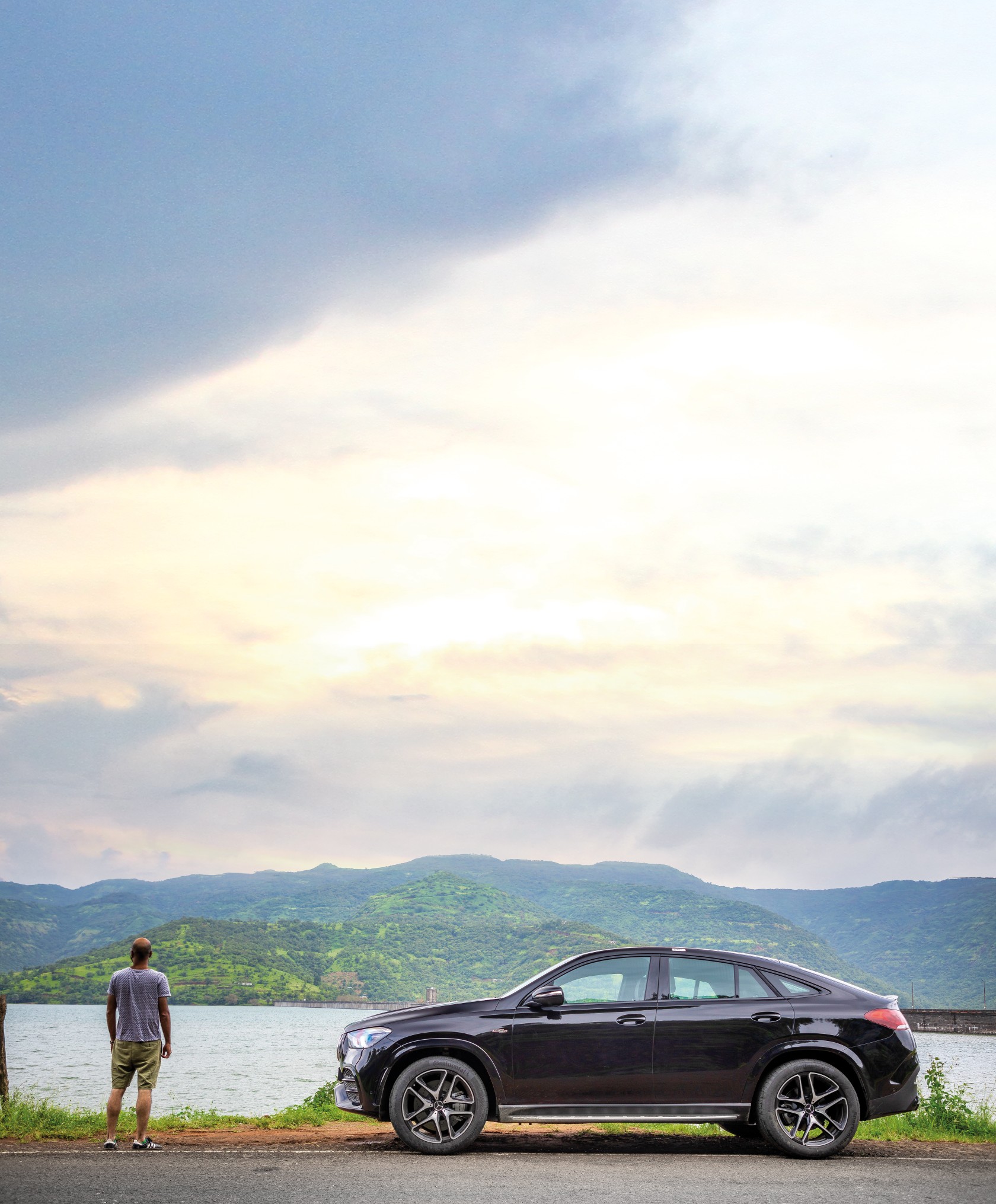How the Covid-19 pandemic has affected automotive journalism | evo India
From how we review cars, source information and groom newbies, the face of automotive journalism has changed
 The road up to Lavasa is a favourite amongst the evo India team
The road up to Lavasa is a favourite amongst the evo India teamImagine hearing that you’re not allowed to leave the house, when your job literally requires you to drive cars for a living. The very core of motoring journalism is cut off during a lockdown — cars and motorcycles — but we’ve been pulling through. “Let’s do an Instagram Live with the boss of Mercedes-Benz,” isn’t an idea that we would have thrown up before. But in the peak of last year’s lockdown, that is exactly what we did, repeating it with other execs, motorsport legends and enthusiasts until #evoConversations became a thing. Not putting a car or bike on the cover isn’t something we would have ever done before. But we leveraged what we had – digital media and our creativity – for the Lockdown issue. April 2020 seems like a distant memory, but we’ve had to get used to the ‘new normal’. And what is the ‘new normal’ in motoring journalism?
For starters, how we review a car has changed. In some ways for the better, in some ways worse. Earlier, a carmaker would fly journalists to a single location and assemble a fleet of its cars for us to drive. But since people can’t travel, carmakers have started sending cars to us at our HQ. Now this is great because you can measure every car by the same yardstick, on familiar roads and in familiar conditions. So much of how a car behaves is situational and having a fixed driving route takes out a number of variables. It gives us a better, more thorough understanding of the car. We also have the cars for longer, instead of the handful of hours we get on a launch.
The downsides? It pisses the photographers off. They’re stuck with the same three locations we frequent. It also risks a number of stories in the magazine looking the same. Our photographers and designers are a talented bunch and plan their shots such that there is minimal overlap in the look-and-feel of every story. However, if they had access to a number of different shoot locations, the visuals in the magazine would be elevated that much further. Another downside is the lack of access to people in the industry. At a car launch, if you have a question about the car, you can walk straight up to the Head of Product for the company and ask him. Now, you’ve got to write an email and pray you get a response.
The shoots around our HQ themselves are now more hectic. We generally set up base at a restaurant or dhaba close to the shoot location, and shuttle back and forth. With all these establishments shut, our prep for the shoot starts the night before with packing food and refreshments that would otherwise have been sorted at location. I remember coming completely unprepared for the C 63 AMG cover shoot last year. It was our first since the lockdown had been announced — waking up at 5am was no longer routine, I hadn’t even brought water along and it was the peak of summer. I was horizontal in the backseat of the support car by noon.
A new phenomenon is the rise of the pre-launch static shoot. Much before we can drive the cars, manufacturers invite us to come see the cars in a studio where we can sit in it and get our first static impressions of the car. This format has been prevalent in the UK for some time now, and it’s heartening to see Indian manufacturers take to it. It gives us insight into how the car looks in the flesh, the space, quality of materials and sets a baseline impression for when we drive the car. It occasionally gives us access to people in the companies that is now missing from the launch events. More often than not, we’ve been given an hour with the cars which can be rather tight. After all, in this one hour you need to poke around the car, form your opinion of it, script something coherent and then deliver it to the camera. In that same hour, your photographer and videographer needs to bag enough content. Not easy. A breath of fresh air was the Hyundai i20 event. We had a whole three hours with the car which was plenty to bag all the content we wanted.
One of the saddest outcomes of our work culture in the new normal is the fact that we don’t come to office any more. Forget the fact that communicating digitally is tedious — the learnings of budding journalists in the team have been affected. I remember when I was a greenhorn, so much of my learning happened by listening to what the editors in the office were talking about. I learned by listening to their opinions on cars, by eavesdropping on how they spoke to manufacturers, by seeing how they instructed the designers. Being around them meant more tasks were panned off on to me, again accelerating my learnings. It also got me deeply invested in this job, and ensured I’m still around five years later. Interns today don’t have access to that kind of culture.
While we all look forward to things getting back to the way they were, that doesn’t seem like a possibility any time soon. With the second wave upon us, we’ve got to sit tight and ride it out like the last time. So keep you chin up, stay strong and stay safe.


